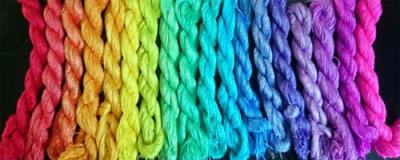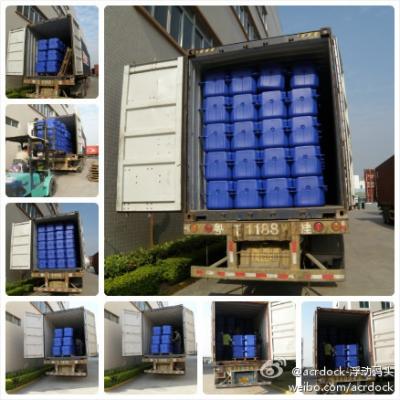The contents for examining
To examine the quality of the appearance of textile starts from the accuracy of colorsThe inspection process is as follows: to test the accuracy of color; raw materials, weaving defects, defect inspection and defect treatment before dyeing defect and finishing defects, in accordance with the standard requirements to determine whether to cut off or drop size.
When the color accuracy test is in dispute, the dispute can be settled down according to the measurement results of the electronic color matching system.
1) Material defects
The raw materials have obvious defects like big belly yarn evenness is not uniform, there are too many joints, yarn, fiber, silk, specific bad Spandex Covered Yarn Quality, blended yarn uneven mixing and so on, which are likely to cause the fabric etc..
2) Weaving defects
Weaving defects come from many aspects, such as equipment itself, raw materials, environment, temperature and humidity, operator technical level, fabric structure and so on, which can cause weaving defects.
3) The defect of pretreatment
Pretreatment of dye—works, the characteristics of different varieties and defects are different. For cotton or polyester cotton bleached fabrics, whiteness is very important. The strength problem of polyester strong twist fabric after alkali reduction is important.
The burnt out processing of polyester products, enzyme polishing sanding fabric and fabric strength damage to Level, still is an important problem.
Sometimes the defects of the textile pretreatment process can not be found in the process, such as polyester fabric after reducing the amount of water, but the water is not clean, and dyed fabric surface will produce macular. If the desizing of cotton fabric is not clean, it will produce a "pulp tip" on the dyed fabric surface, and the scouring will not leave the cotton seed shell on the surface of the fabric.
For inexperienced inspection workers, such defects, he or she may consider it as weaving defects or dyeing defects. But whether it is a pretreatment defect or a dye defect, the inspector finds these defects and should mark as well as promptly inform.
4) Dyeing defects
The dyeing defects are relatively simple, and the dyeing defects have different color and irregular appearance on the fabric surface. Color spots, stains, and color spots are the most common dyeing defects. The defects are found and marked clearly, and shall be handled according to the inspection standards.
In the dyeing process, it is likely to lead to blocking cylinder or fabric breakage due to various reasons, especially the cylinder block will cause great harm to textiles, which will have a shape to chicken paw prints on the surface of the fabric, and it is difficult to repair such defects.
5) Finishing defects
Sorting defects shows diversity. Sanding finishing, napping, enzymatic polishing is the processing of the much more common way. The length, density, and evenness of villas are the main indexes to check the quality of finishing. For cotton fabric, the damage of fabric can not be ignored.
For fabric functional finishing, satisfactory and convincing inspection results cannot be obtained by visual inspection. As for the soft finishing of most fabrics, there are two points that require special attention in appearance inspection. The first one is whether it is wire drawing, and the second one is whether the surface of the fabric has silicon grease.
The soft finishing of textiles mostly improves the fabric feel by dipping softening agent. When the softener is too heavy on the fabric, it will obviously reduce the friction coefficient between the fabric warp or the weft yarn. Under the action of external force, displacement along the weft warp can be more obvious, resulting in the fabric surface drawing phenomenon.
6) the selection and implementation of standards
For all products, visual inspection is an important part of technical specifications in product standards. Because of a variety of textiles, with what standard to test, and after the company signed a trade agreement with the customer, it should indicate the processing of inspection standard. In signing the agreement with the processing of printing and dyeing enterprises, which are mostly based on the 4 standards, makes it have good operability.



 English
English  日本語
日本語  Español
Español  tiếng việt
tiếng việt  Türkçe
Türkçe  ไทย
ไทย  українська
українська  हिंदी
हिंदी  বাঙালি
বাঙালি  اردو
اردو 




